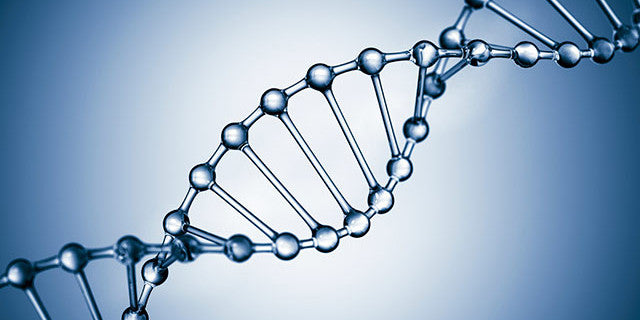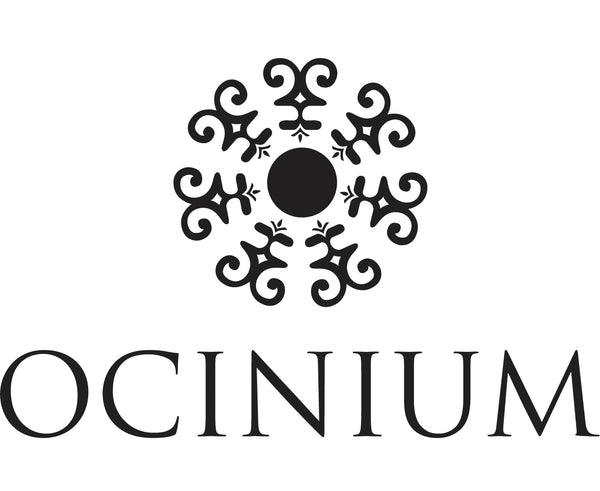Using DNA Science for Skin Wellness and Ageing
February 07 2017 – Cassandra Hilton

Epigenetics represents the reversible heritable mechanisms that occur without any alteration of the underlying DNA sequence and are therefore capable of being reversed. Epigenetic changes can either be spontaneous or driven by external or internal influences.
Genotype + (Diet + Lifestyle + Environment) = Phenotype a fundamental process that determines which genes are “turned on or turned off” and why your DNA is not your destiny.
The skin is directly exposed to many environmental factors and therefore provides an attractive mechanism for studying environmentally induced epigenetic factors associated with human ageing.
Epigenetic influences of the skins genome, alter the behavior of keratinocytes, malanocytes, corneocytes, T-Cells, Langerhan cells and fibroblasts, a simple example of this is the effect of smoking or UV radiation on the skins ageing process. Recent advancements in DNA assays and methodology has provided insights into epigenetic influences on human skin and provide opportunities for the development of epigenetic skincare that will revolutionize your beauty drawers.
The great news is that epigenetic alterations are reversible and dietary sources of bioactive components have the ability to reverse, inhibit or delay the epigenetic modifications associated with ageing. Various bioactive dietary components act as inhibitors of DNA methyltransferases and histone modifications, altering gene expression via epigenetic mechanisms.
- Epicatechins (ECGC) from green tea
- Proanthocyanidins from grape seeds
- Resveratrol from blueberries, mulberries, cranberries, grapes and red wine
- Indole 3 carbinoles (I3C) and Diindolylmethane (DIM) derived from the brassica genus of crucifery family of vegetables including broccoli, cabbage, cauliflower, brussel sprouts, kale, mustard and radish
- Curcumin, a diferuloylmethane, is a polyphenol extract from the Indian spice turmeric (Curcuma longa)
- Genistein, a phytoestrogen and major isoflavone derived from soy beans (Glycine max)
- Isothiocyanates, such as phenethyl isothiocyanate [PEITC], the main dietary sources are vegetables belong to brassica genus and crucifery family, broccoli, cabbage, cauliflower, Brussel sprouts, kale, mustard and radish
- Organosulfur compounds of Allium vegetables, such as garlic (Allium sativum)
- Quercetin, a dietary polyphenol predominately present in citrus fruits and buckwheat
- Lycopene, a naturally occurring class of tetra-terpenoids mainly present in tomato (Solanum lycopersicum) and tomato products
Tailoring of epigenetic diets is increasingly becoming conceivable and available with advancements in genetic assays, however these interventions require further research to identify health beneficial relationships in intra- (age/tissue/cell-type specificity) and inter-individual variation of the interplay in epigenetic, genetic, and environment interactions.
Experimental and epidemiological studies have demonstrated environmental chemicals of heavy metals, including cadmium, lead, mercury, nickel, persistent organic pollutants (POPs), bisphenol A (BPA), polycyclic aromatic hydrocarbons (PAHs), and phthalates lead to aberrant changes in epigenetic pathways, however, the evidence has been summarized as suggestive and insufficient. Collaborative meta-analysis, large cohort studies and systemic reviews in this relative under-researched field of epigenetic modifications is required.
The complex interplay of genetics with diets, lifestyle and environment are increasingly being validated in research in cancer, cardiovascular disease, obesity and diabetes. Given the interconnectivity of the epigenetic mechanisms, there are still major challenges in research models to understand the epigenomics affect on the ageing process and the long-term effects of interventions.
Cassandra Hilton, Founder
